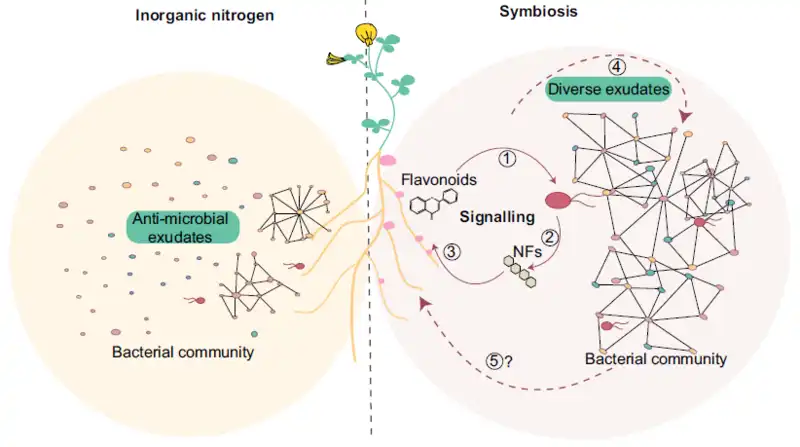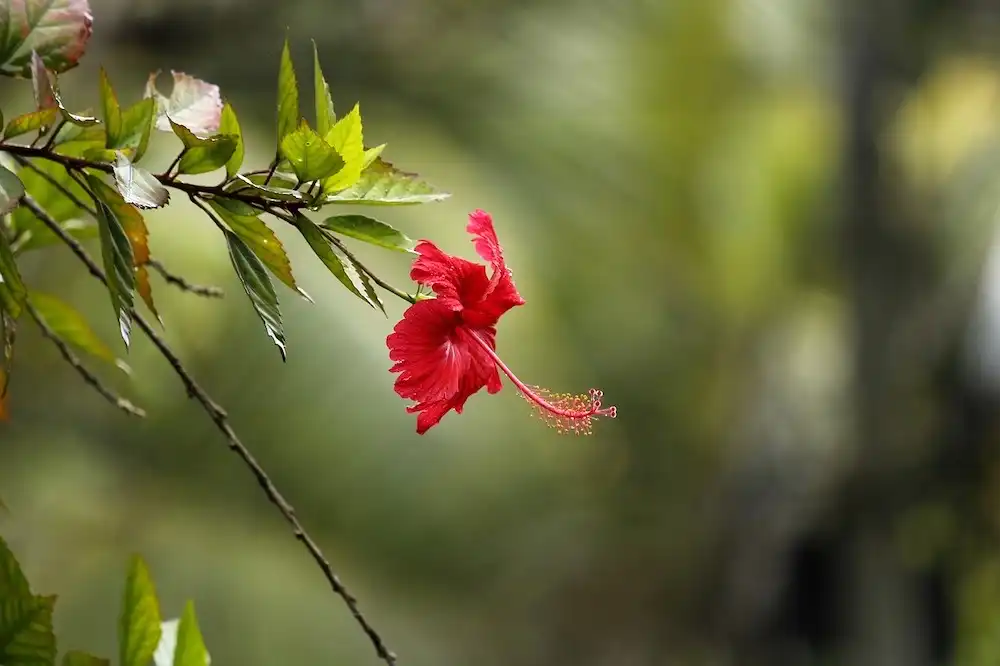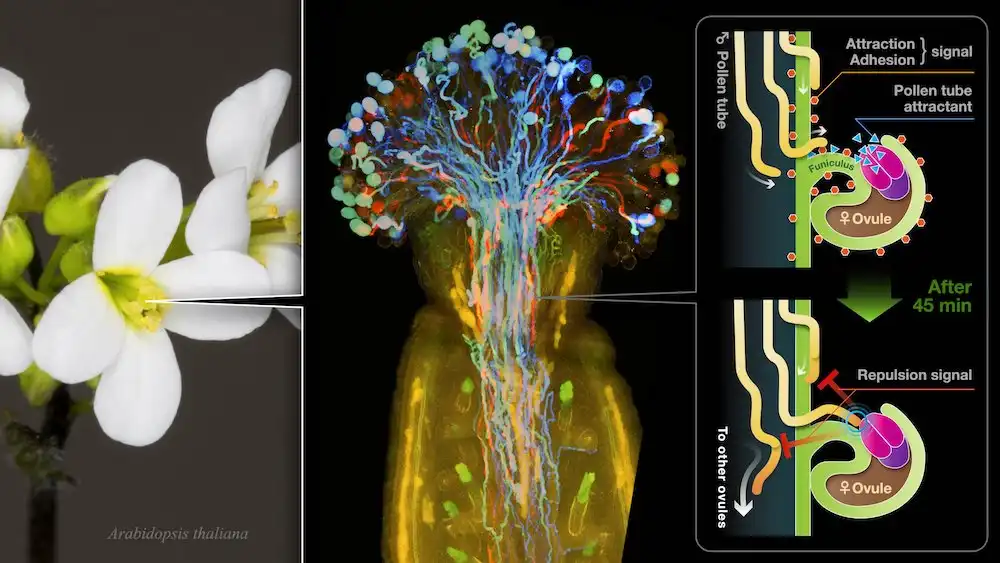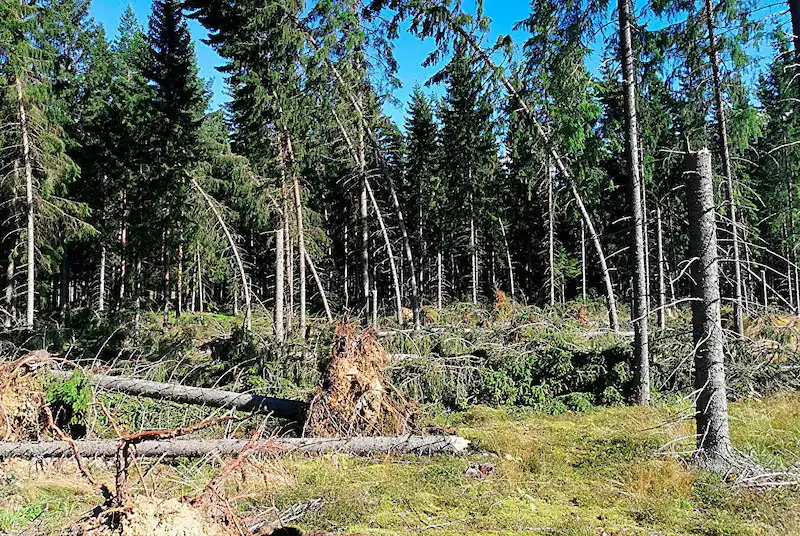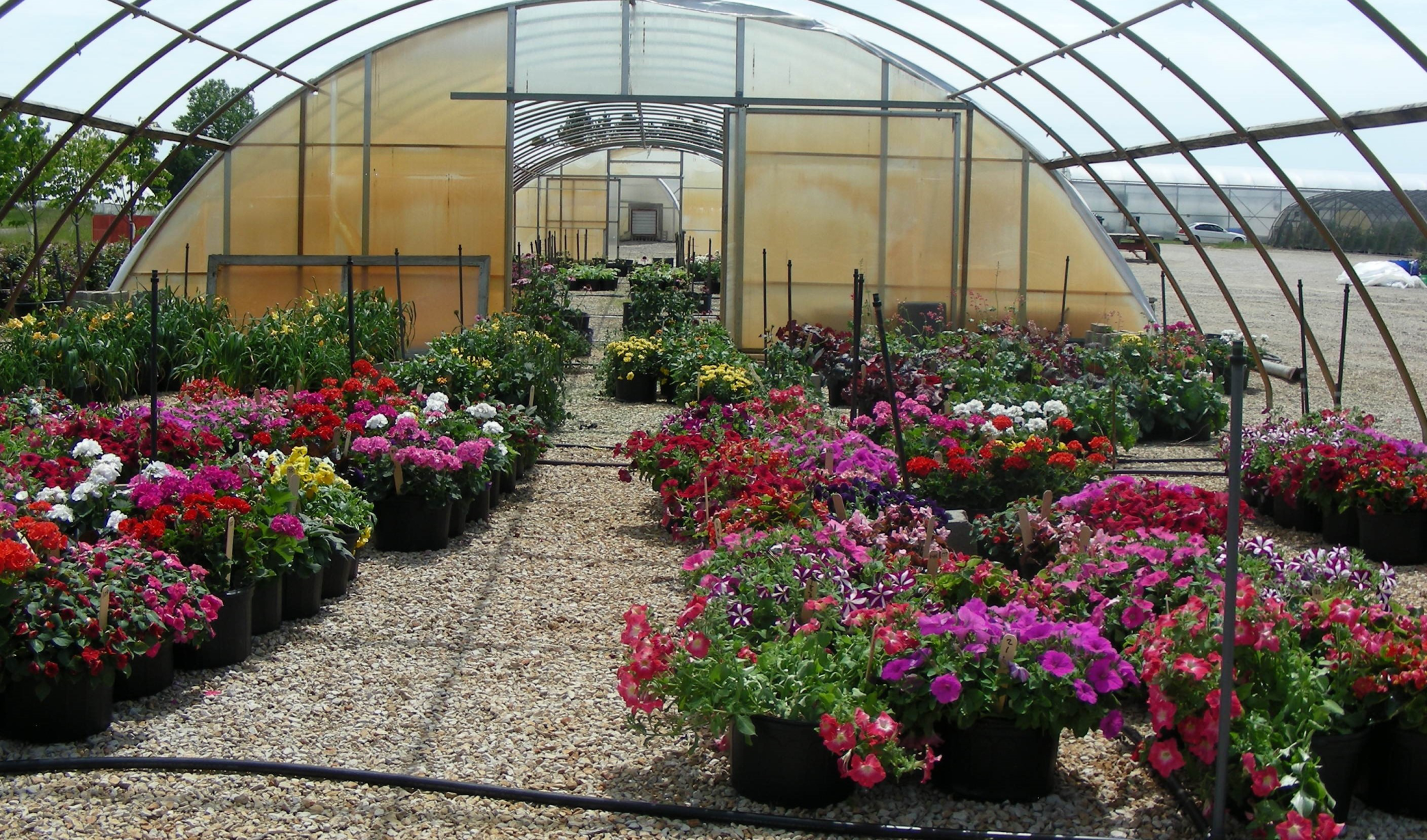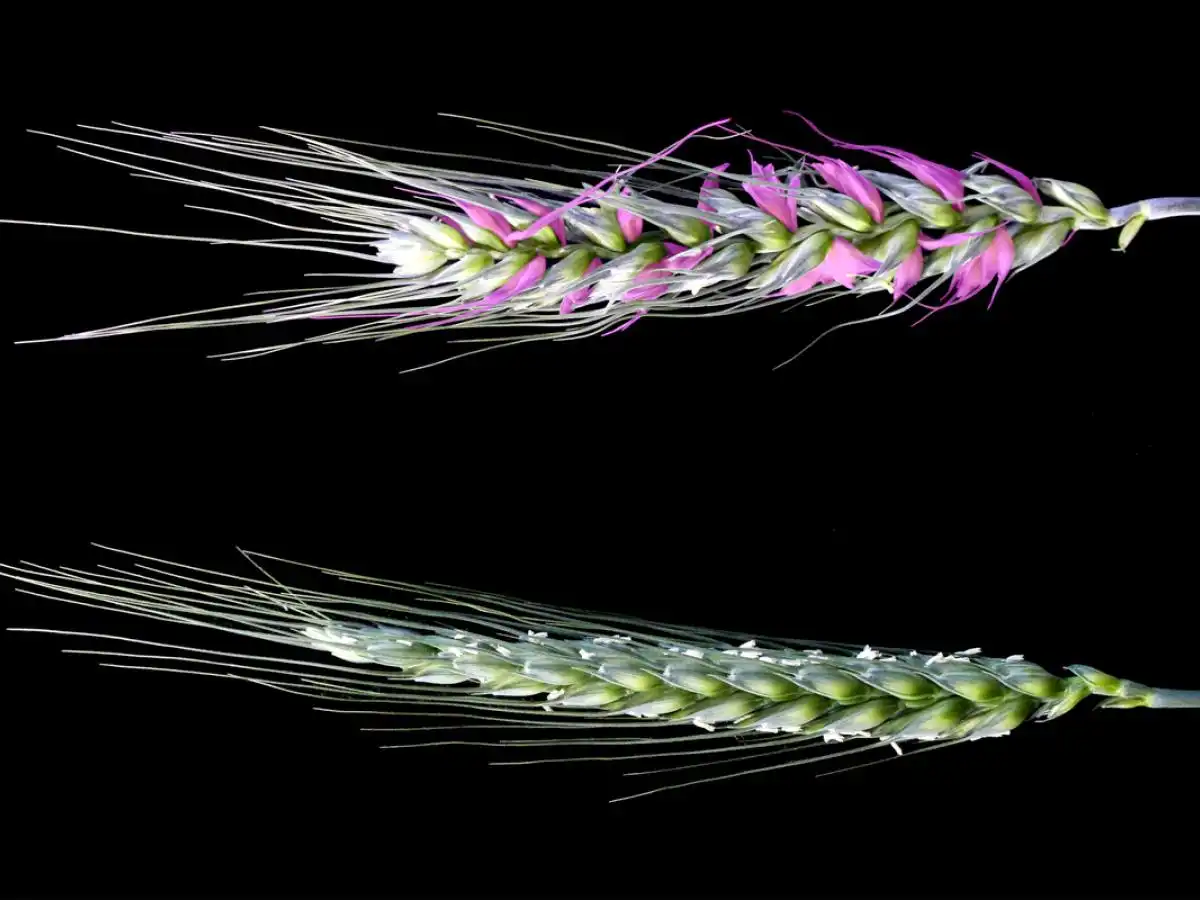
Researchers have enhanced CRISPR/Cas9 efficiency for plant genome editing. By optimizing vector design, they achieved higher mutation rates with reduced complexity and cost. This advancement significantly improves large-scale genetic experiments, facilitating complex plant genome editing projects.
Read More



